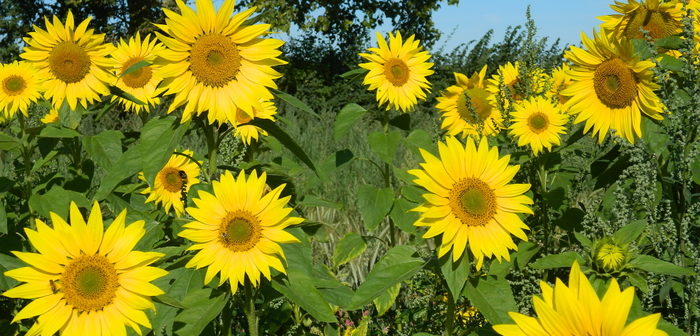Growers looking for a wild bird seed mixture that complies with the Country Stewardship Scheme (CSS) rules, attracts farmland birds and also offers game bird cover should take a closer look at Limagrain UK’s Jack Russell mixture.
“We’re seeing a lot of interest in this crop, from farmers looking for game cover, but who are concerned about next year’s shooting due to the Covid-19 crisis,” says Limagrain’s Martin Titley. “It’s versatility, as an environmental crop but also in providing game cover is attractive.
“Drilling Jack Russell, as opposed to opting for solely a game cover crop, ticks more of the conservation boxes – particularly for those enrolled on the CSS scheme.”
Part of its HiBird range, Jack Russell is a mixture of spring triticale, millets, oilseed radish, grain sorghum and sunflower.
“This environmental mixture offers both winter hardiness as well as an abundance of seed and colour for a year, providing feed for a wide range of bird species,” she adds.
“The inclusion of grain sorghum gives structure and promotes the mixture’s winter hardiness, with millet seed shed from early autumn and oilseed radish providing later feed.
“And the standing power of this grain sorghum provides cover for many birds and is particularly popular with shoots because of its ability to provide driving cover.
“It’s definitely a mixture to consider for those either new to Countryside Stewardship or have existing agreements,” he adds. “Jack Russell is suitable for CSS options AB9 and OP2.”
A significant quantity of sunflower in the mixture provides a very colourful crop and attract bees and other pollinators, and the triticale and millet offer a seed source at variable heights to farmland birds.
Jack Russell should be sown in late May/early June when soil temperatures and seed beds are warmer. Farmers may need to spray off weeds first, prior to drilling, with glyphosate. And its tolerance to the herbicide Aqua Stomp is a real advantage on sites where control of broad-leaved weeds is necessary.




